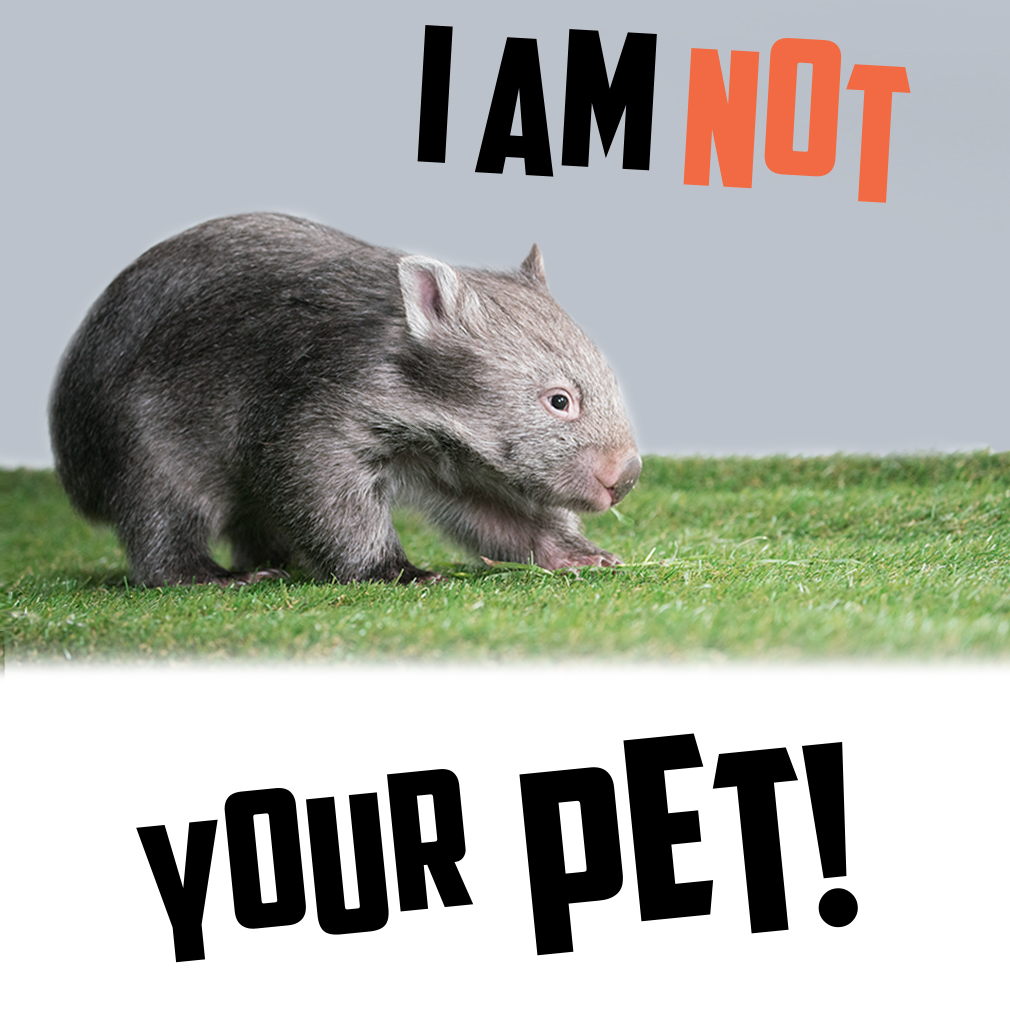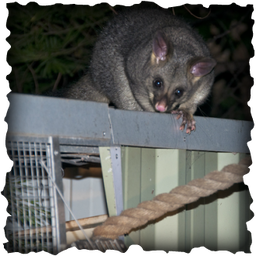OUR VALUES: WILDLIFE AS PETS
Summary
Wildlife Rescue South Coast is generally not in favour of keeping Australian native animals as pets. We are completely opposed to taking native animals from their habitat to be used as pets or for profit.
Wildlife Rescue South Coast is generally not in favour of keeping Australian native animals as pets. We are completely opposed to taking native animals from their habitat to be used as pets or for profit.
|






